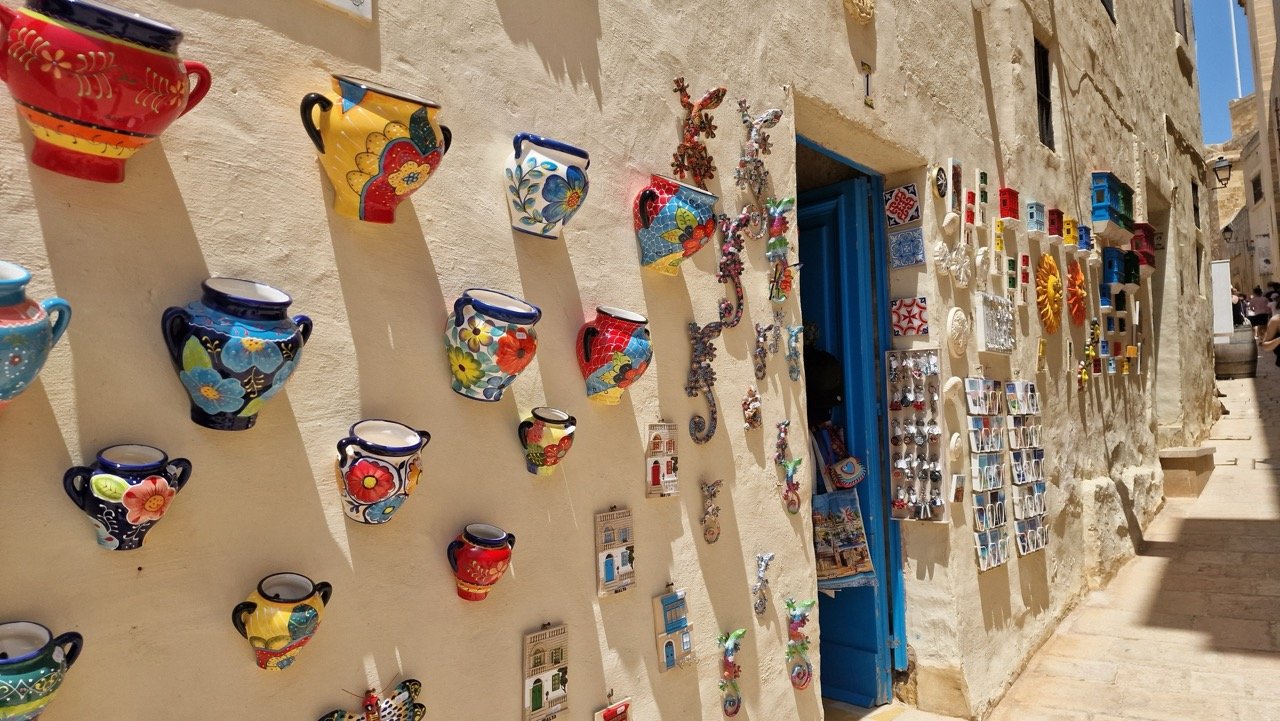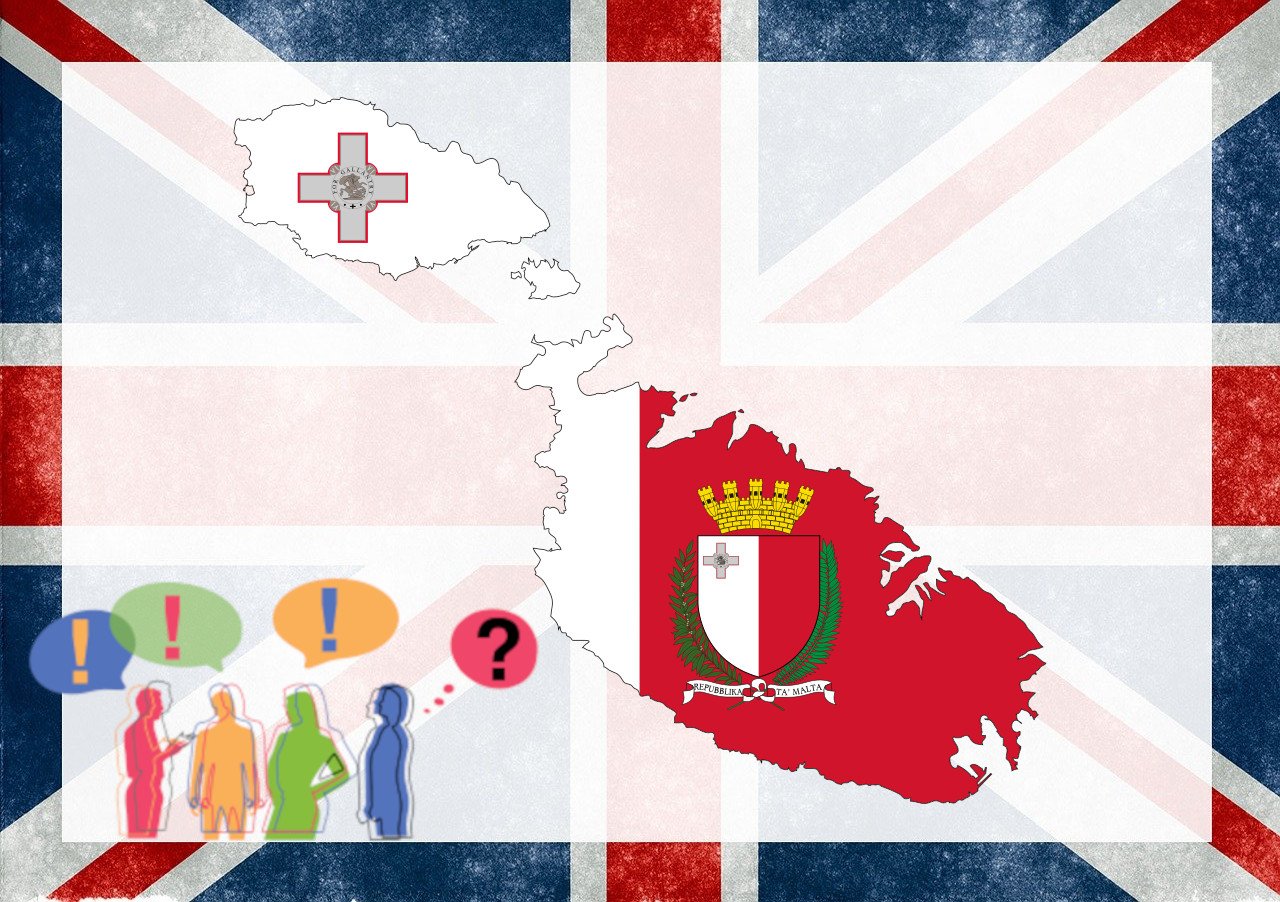Getting ready for Malta? Here you’ll find live conditions and a 7-day forecast. If you’re planning a trip, this is your best starting point: quickly scan daily temperatures and expected clouds or sunshine. Click the weather graphic for more details!
VALLETTA, MALTA WEATHER VALLETTA, MALTA WEATHERMalta’s Climate and Weather in Brief
Malta has a classic Mediterranean climate: mild, rainy winters and hot, dry summers. Most rain falls from September to March; May–September is mostly sunny and dry.
Yearly temperatures generally range from 10–31 °C (50–88 °F) (rarely below or above), so it’s a pleasant, year-round destination.
Sunshine is exceptional—about 3,000 hours per year, among the highest in Europe.
Seasons in Malta
Spring (March–May)
- Quick warm-up with little rain.
- Days are mostly 20–25 °C (68–77 °F); evenings can cool off.
- By May, the sea is swimmable for many.
Summer (June–August)
- Hot and very sunny, with highs often above 30 °C (86 °F).
- UV index is very high (9–10), so sun protection is a must.
Autumn (September–November)
- September still feels like summer and the sea stays warm.
- October–November can be wetter and cooler.
Winter (December–February)
- Mild and often windy; rain and occasional stronger storms.
- Daytime is usually 15–18 °C (59–64.4 °F); frost is rare.
Sea Temperature — When’s the Best Time to Swim?
Average sea temperature is ~15–16 °C (59–61 °F) in February, then rises steadily, peaking around 26 °C (79 °F) in August.
It generally stays above 20 °C (68 °F) from June through November, so you can swim anytime in that window. A sunny, warmer May can also make for a pleasantly swimmable sea in Malta.
When to Visit Malta, Based on Typical Weather
Weather can vary from the monthly average—even within the same month. In general, keep these in mind when planning:
- Most balanced months (sightseeing + light beach time): May–June and September — warm, not extreme, little rain.
- Beach season: mid-June to mid-September — hot, sunny, warm sea. For sightseeing, this can feel too hot for many.
- Budget-friendly, mild: winter — windier and wetter, great for sightseeing, with smaller crowds.
Wind, Dust, and UV
Stronger winds are common in winter and early spring. The Grigal (gregale) is a stormy northeasterly that can bring significant swells; the Majjistral (mistral) blows from the northwest; in summer the Sahara-born sirocco (Xlokk) can show up with muggy, dusty air.
UV is very high in summer, especially June–August (UV 9–10). Between 11 am and 4 pm, seek shade and use high-SPF sunscreen.
Quick Questions — Quick Answers
Rarely; most precipitation falls from September to March.
Humidity is relatively high year-round (average ~75%); summer heat can feel muggy.
Yes, especially late winter to early spring. The gregale can be particularly strong, causing swells and ferry delays.
Tips for Dining Experiences
If you’re planning restaurant or market visits, local winds and UV can affect open-air patios. On windy days, pick sheltered streets; in heat waves, have lunch somewhere shady and breezy—by dinner, temperatures usually feel much more comfortable.




